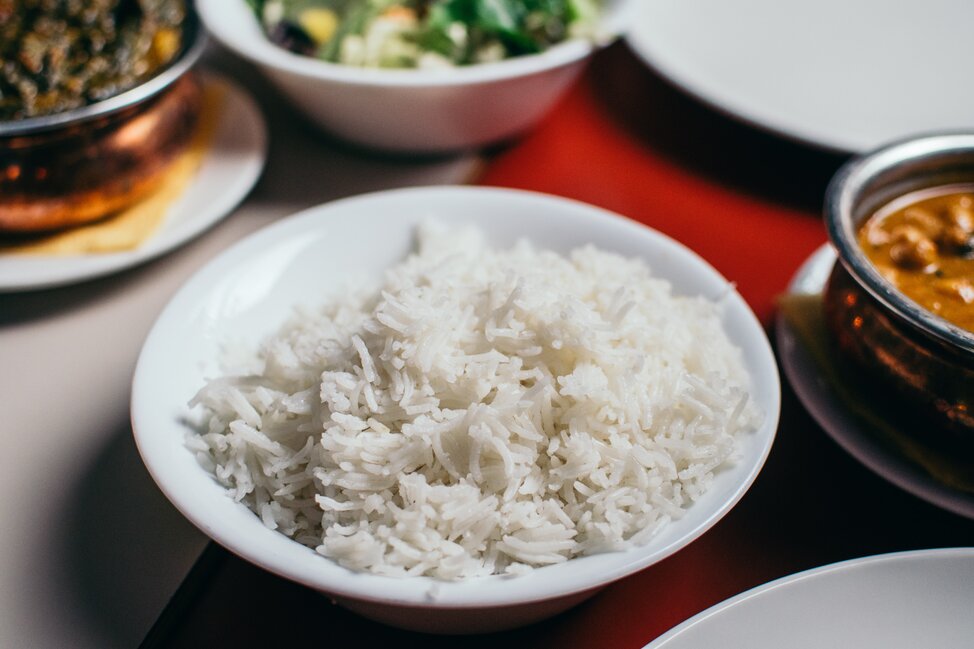Although metals are present in the human body, there are instances where their amounts rise to the allowable levels—resulting in food poisoning. Chelation therapy is one of the best ways to eliminate excessive levels of metals in the body. It is a process using certain drugs that bind with the metals in a patient’s body, stopping them through peeing.
But despite the positive effects of chelation therapy, there are some things patients should remember while under it. For example, it’s not safe to eat everything during treatment. There is a list of food items listed as off-limits for patients seeking treatment for high levels of metals in their bodies, and here are some of them.
Table of Contents
1. Dark Meat Fishes
Dark meat fishes are rich sources of zinc and selenium, two minerals people should avoid during chelation therapy. Patients should also avoid tuna, salmon, and trout. Ocean fishes absorb the toxins transformed by the algae they eat, making them ideal sources for metals in the body. However, since chelation therapy aims to lessen the metal content found in the body, eating fish rich in minerals will only reverse the effects of chelation therapy and possibly worsen the patient itself.
2. Brussel Sprouts
Brussel Sprouts are one of the most popular sources of folic acid, a type of vitamin that helps in boosting one’s immune system and keeping them healthy. Folic acid is known to be toxic to the body, and it transforms from one compound to another as the body processes them.
When the compounds reach a certain level, they can cause folic acid reductase deficiency, a condition where the body cannot process the folic acid or excrete it out of the body—causing a buildup of the nutrient.
Folic acid itself is not harmful to the human body. But the effects that its compounds bring are, making it one of the primary nutrients that can cause folic acid reductase deficiency. It is best to avoid Brussel sprouts while under chelation therapy to prevent this buildup.
3. Rice
Rice is one of the most commonly eaten staples worldwide, and it is one of the most basic foods in many cultures. It is rich in selenium and iron, two minerals that are not recommended for consumption by chelation therapy patients.
The selenium and iron found in rice can cause severe buildup in the body, eventually creating a metal-related disease when it reaches the liver and kidneys. Chelation therapy aims to reduce the amounts of metal in the body, but the rice will only make things worse for the patient by increasing the metal content in the body.
4. Poultry
Chelation therapy aims to remove toxic metals in the body, but it also works on eliminating other minerals in the body. If a patient’s body has too much zinc, aluminum, and iron, the chelation therapy will be ineffective.
Poultry is one of the leading sources of zinc and one of the primary sources of iron and aluminum in a patient’s diet. The high amount of these minerals can cause the body’s chelation therapy to fail, undoing all the positive effects on the patient.
Conclusion
Chelation therapy is a process that can effectively cure metal-related diseases in the body, such as arthritis and cancer. Though the process includes strict guidelines, there are instances where patients will be required to cease eating certain food items while under chelation therapy.
Zeolite For Detox provides the best detox drops online. Conduct chelation therapy safely by following other best practices written for patients to read before undergoing chelation therapy. Purchase a bottle of arsenic detox drops today and say goodbye to high levels of metals in your body today.
Recent Posts
You love watching your little one grow and learn new things every day, but early signs of speech delay can sometimes go unnoticed. Observing your toddler's developmental milestones is crucial in...
Zeolite, a volcanic mineral known for its detoxification properties, is gaining popularity in the health industry. Parents often wonder if it is safe and effective for their children. In this...

